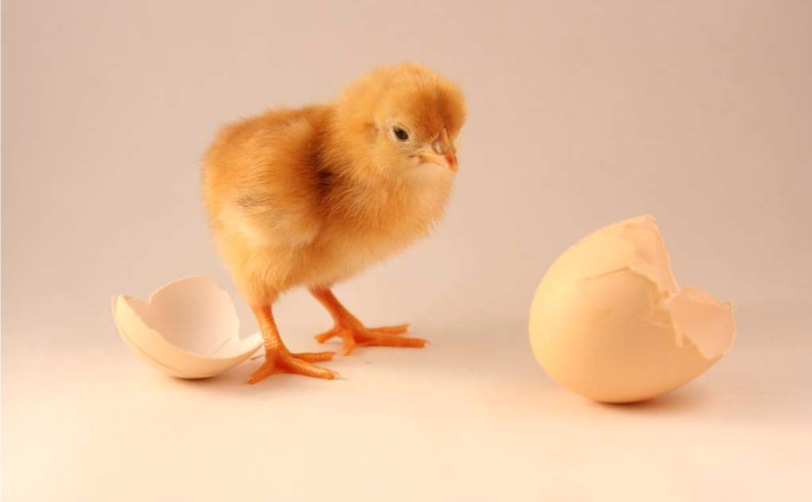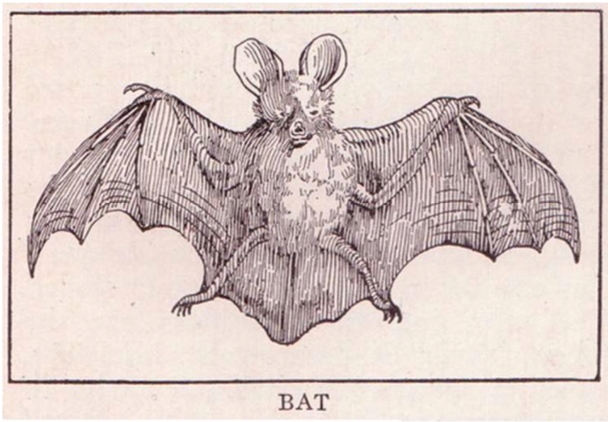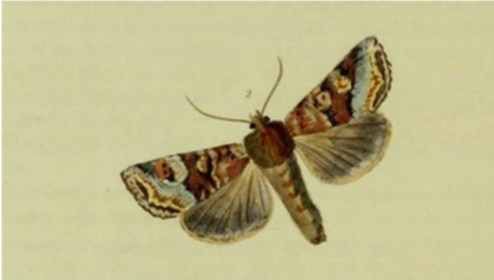Posted 17 Aug

Words by Tarryn Basden.
In the battle to protect biodiversity, researchers are asking questions. They are discovering how species interact and rely on each other to survive. Everything in nature is connected, and if we want to protect any one thing, we need to protect all the things they are connected to.
When trying to figure out these complicated connections, we start with a question. We might start with the age-old question. The question that has baffled the masses for time immemorial.
Which came first?
This is usually followed by, ‘the chicken or the egg?’ (It was the egg. Reptiles evolved before chickens. Reptiles lay eggs. The egg came first. That wasn’t so complicated).
Though it can get complicated when you ask that same question about two species that are linked together in the epic battle of survival, like predators and prey.
It’s very hard to survive if you don’t eat. It’s also very hard to survive if you get eaten. So, the there is a constant battle between predator and prey.
Take the Cheetah, with their incredible speed, chasing down gazelles that have duck-and-weave-skills that would make a world champion dodge ball player jealous. But, which came first? The speed or the weave? Unlike the chicken or the egg, this is complicated. Because the answer is neither… or maybe both?
The scientific explanation is coevolution. When two or more species adapt and evolve in response to how the other adapts. The adaptation of one puts pressure on the other, until they adapt or die. This concept is rarely more obvious than between predator and prey.
Let’s check out my favourite predator/prey coevolution example. Bats and moths.

Bats are amazing animals that often get a bad name. There are more species of bat than Lady Gaga has outfits, and only three of them feast on blood. Most of them just like to adorably nibble on fruit. But we are going to talk about some badass bats. The kind of bats that can practically see in the dark, and snatch up moths almost as big as they are, straight from the sky, like some sort of flying, ninja assassin.

These bats want to eat big, juicy hawkmoths. Hawkmoths (understandably) don’t want to be eaten by bats. Let the battle commence!
Hawkmoths are nocturnal, a great way to stay safe from predators. So, the bats adapt to being nocturnal. But this only solves half the problem, because it’s dark at night and bats can’t see well.
Advantage: cheeky, sneaky hawkmoths.
The bats develop sonar. They don’t need to see the hawkmoths if they can ‘hear’ the echo of where they are.
Advantage: noisy bats.
The sonar is audible, but super high frequency. So, the hawkmoths develop bat- detecting ears that can hear higher frequencies. If they can hear the bats calling, they can avoid them.
Bats change their sonar frequency so the hawkmoths can’t listen in.
Hawkmoths start vibrating their genitals to create a sound that blocks and confuses the bats sonar.
You read that right. In what could be considered the most inappropriate (though admittedly effective) clap back in the history of clap backs, hawkmoths in Borneo have started jiggling their junk to produce an ultrasonic sound that effectively jams the bats sonar. Rendering the moth invisible.
Advantage: creepy, jiggling hawkmoths.
For now, the advantage is with the hawkmoths. The bats instead munch on the smaller, less creepy species of moths. But over time, bats could evolve a way to overcome the jingle bells jamming their jive.
The cheetah gets fast. The gazelle gets more manoeuvrable.
Bats learn to ‘see’ in the dark. Hawkmoths jiggle their junk to make themselves invisible.
So, the evolutionary arms race of coevolution continues. One species adapts, another needs to keep up.
Coevolution is going on all around us as species find new weird and wacky ways to win at life. You just need to look and ask, which came first?
References
Arnold, C. (2013, July 8). Moths vibrate genitals to avoid bats. National Geographic. https://blog.nationalgeographic.org/2013/07/08/moths-vibrate- genitals-to-avoid-bats/
Barber, J.R., and Kawahara, A.Y. (2013, August 23). Hawkmoths produce anti-bat ultrasound. Biology Letters, 9:4. https://doi.org/10.1098/rsbl.2013.0161
Kallis, G. (2007, April 1). When is it coevolution? Ecological Economics, 62:1. https://doi.org/10.1016/j.ecolecon.2006.12.016
About the Author
Tarryn Basden is a biologist and science communicator from Western Australia. She enjoys teaching people about weird animals, making terrible puns, and still refers to Pluto as a planet.